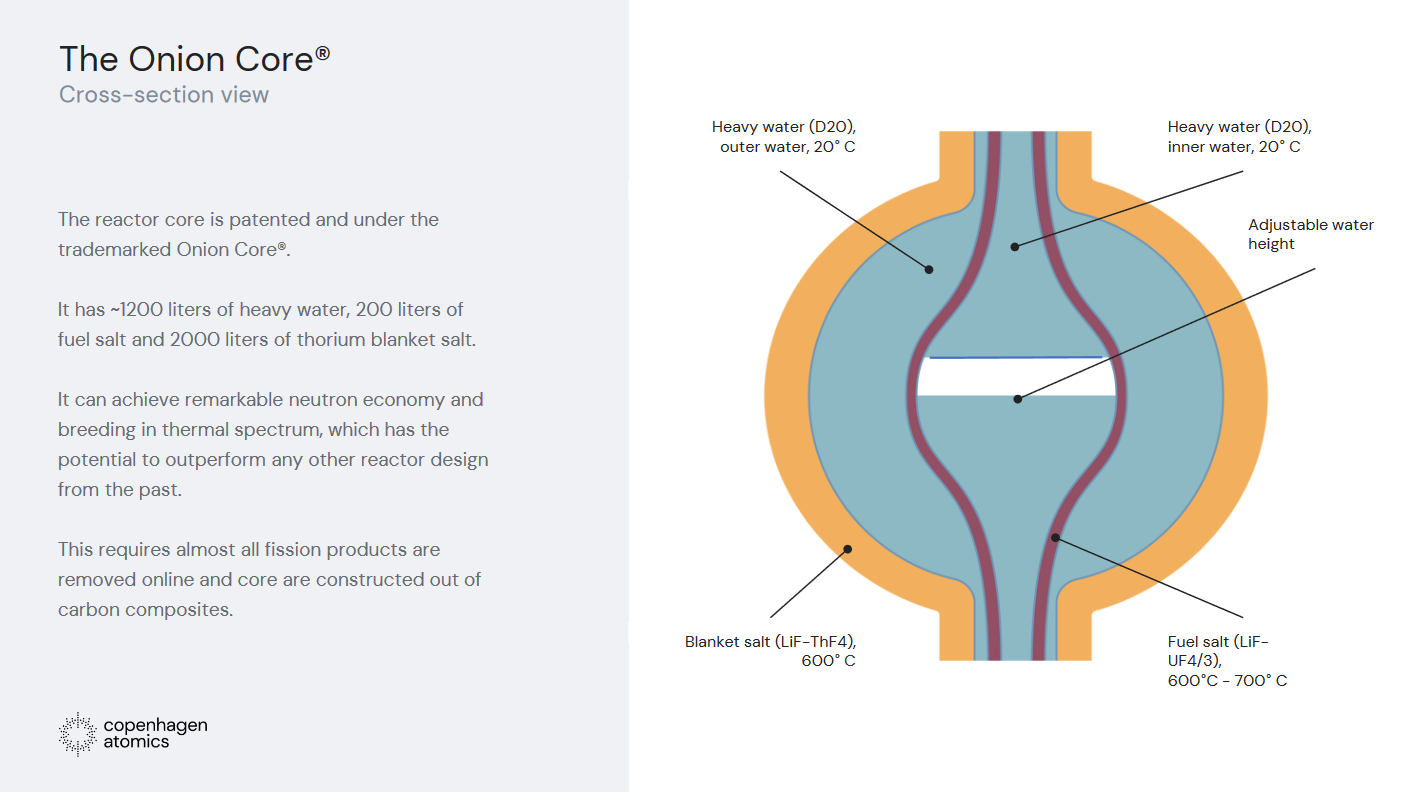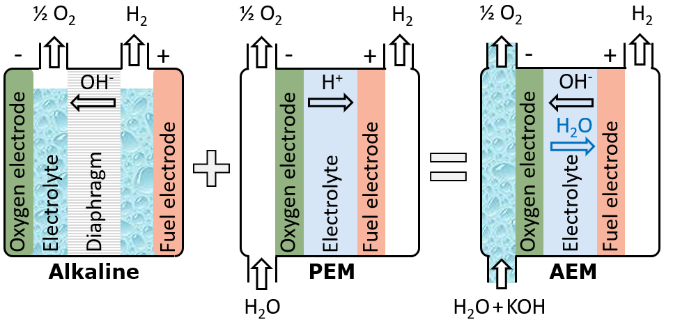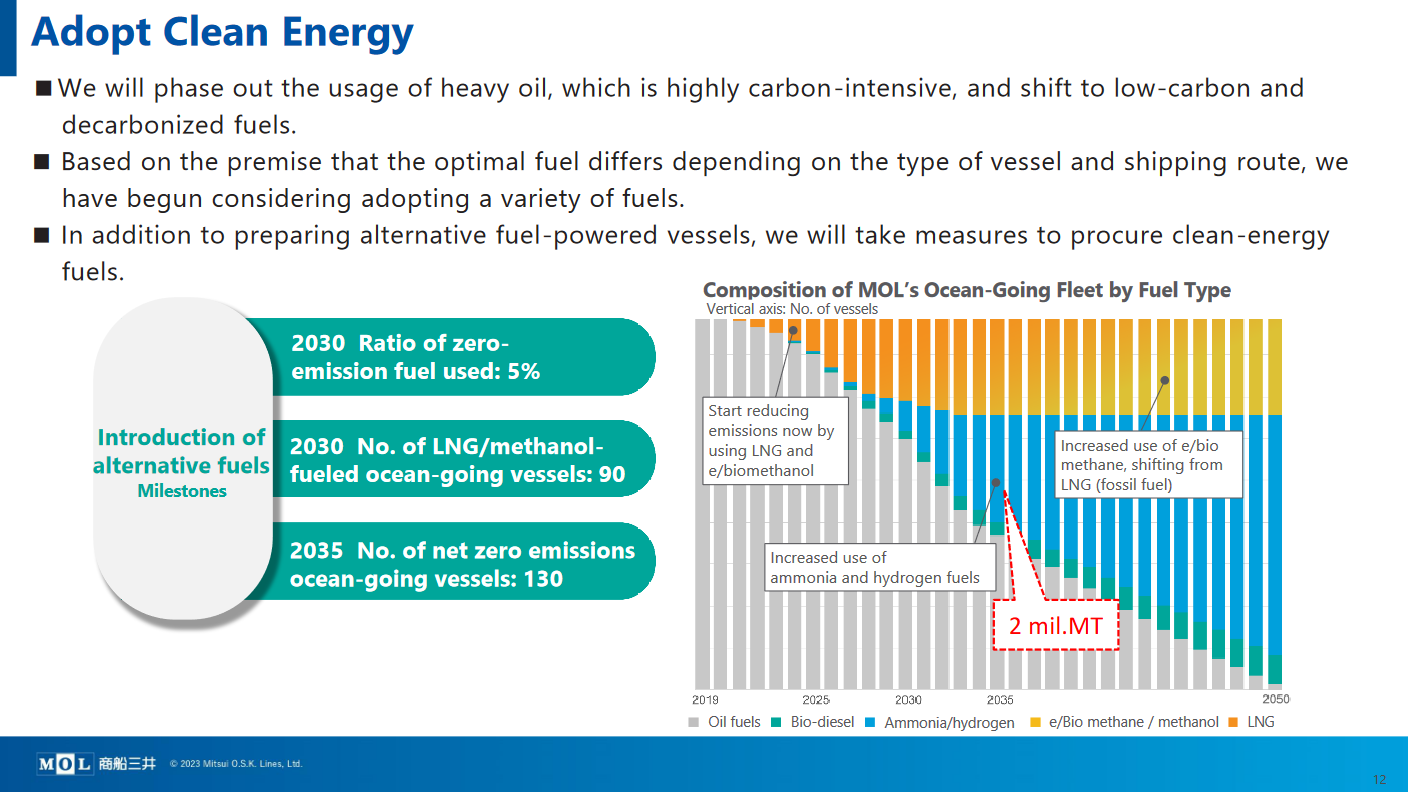We do it safely, or not at all: the marine ammonia fuel journey
In our latest episode of Maritime Ammonia Insights, Matt Dunlop (MMMZCS) and Samie Parkar (Lloyd’s Register’s) stepped us through key outcomes of a new, comprehensive safety study for ammonia-fuelled shipping. Combining Quantitative Risk Analysis with Human Factors analysis, a series of risk mitigation & worker training recommendations provides a path forward for the safe operations of ammonia-fuelled vessels.








